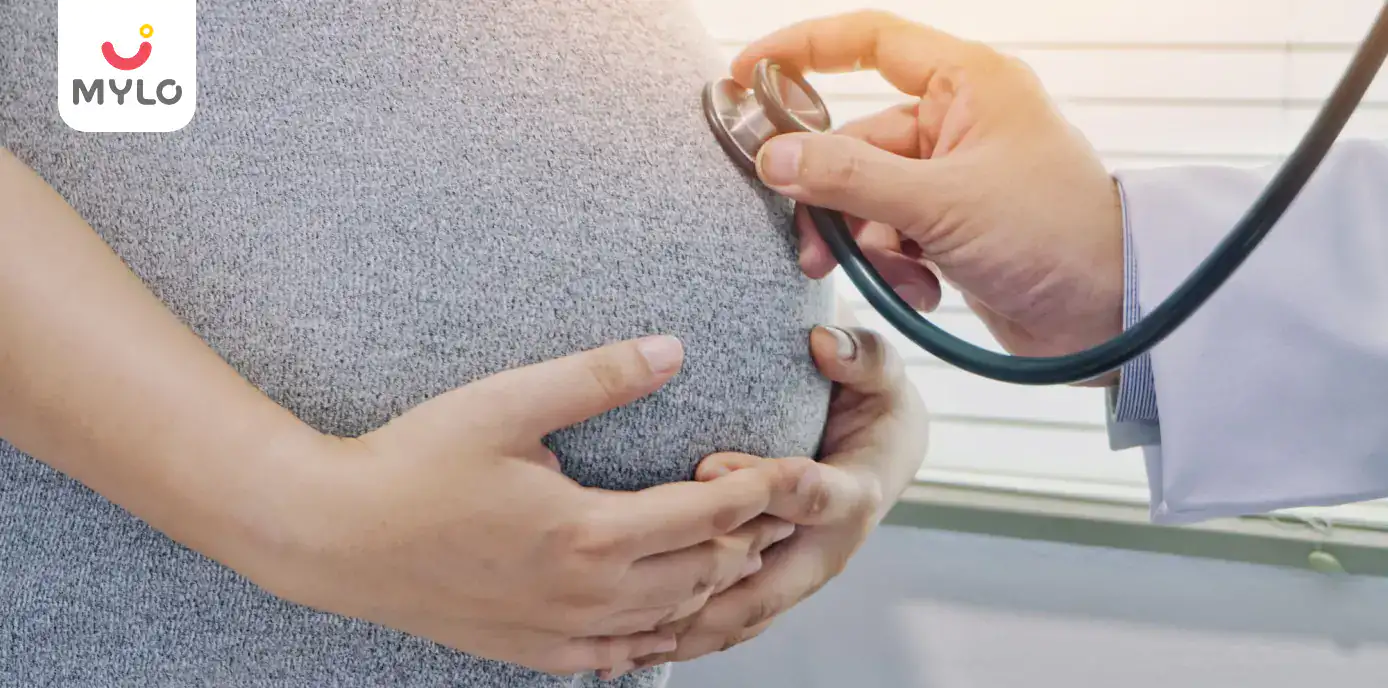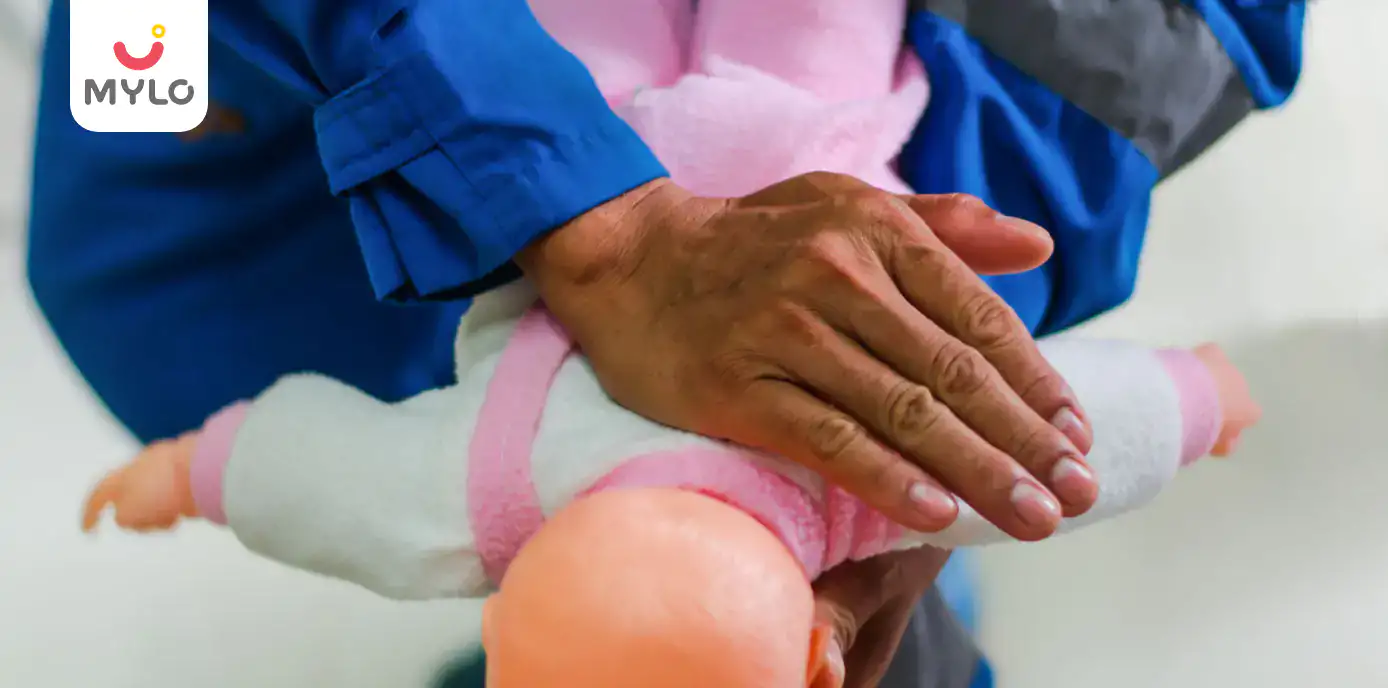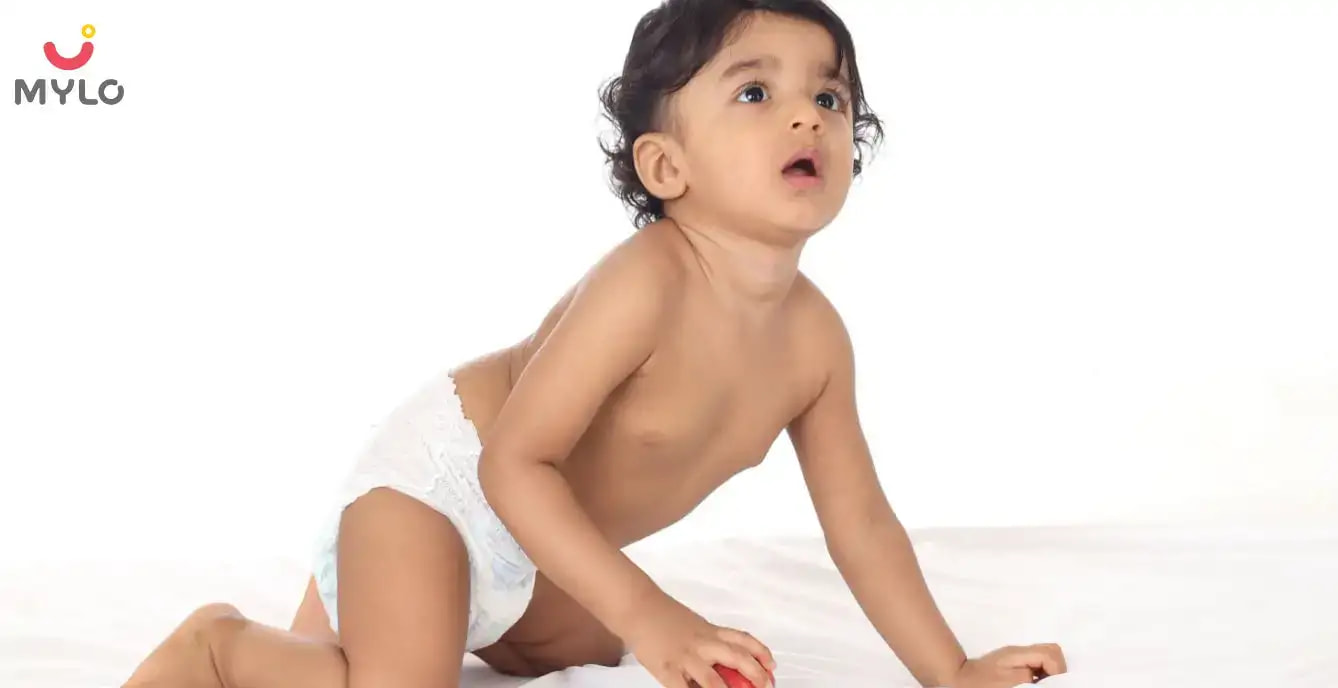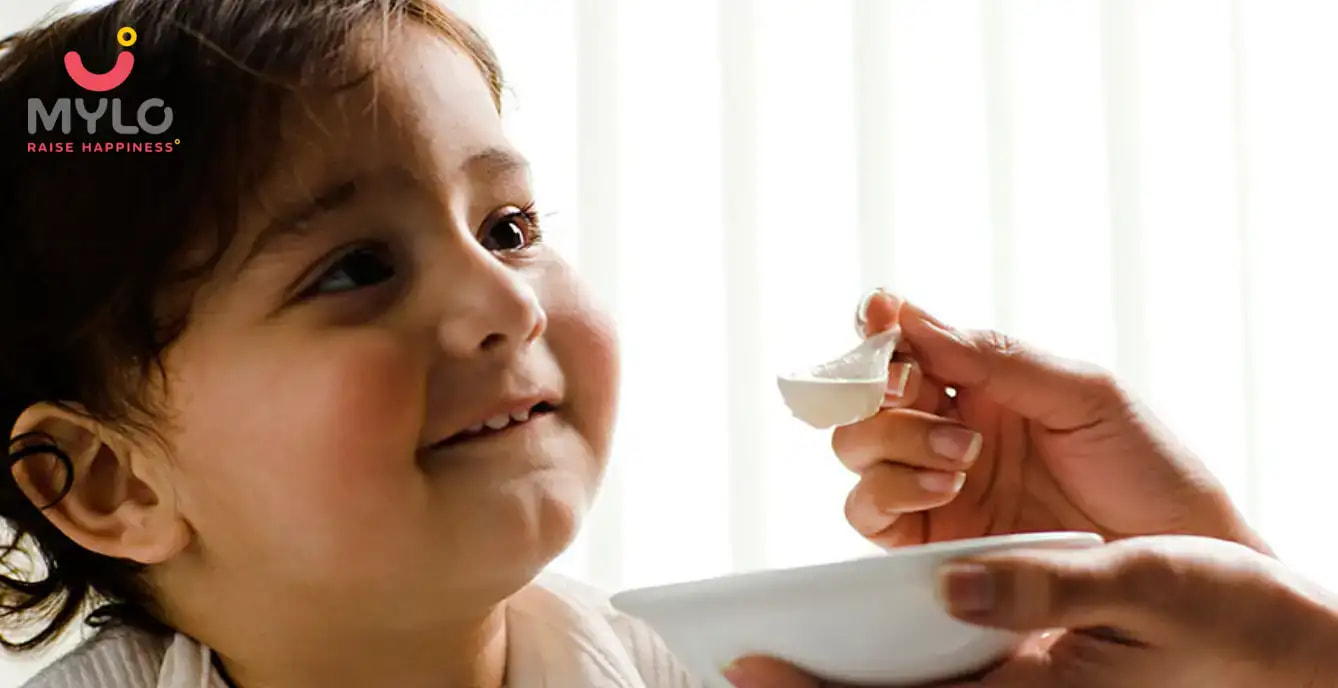Home

Physical Growth

Physical Development In Early Childhood
In this Article
Physical Growth
Physical Development In Early Childhood
Updated on 16 March 2023
Children grow at a rapid pace between birth and two years of age. But once they hit the age of two, toddlers tend to have a much slower growth rate when compared to their younger self. This is when the parents are concerned about the changing eating habits of their child and wonder whether the kid is growing normally.
The physical development in infancy happens in a series of growth spurts. It is important to keep in mind that after the growth spurts, they grow at a standard and steady rate until adolescence. The best way to determine if they are growing properly is to closely monitor and track their growth.
What Is Physical Development?
As your little one grows, so does his body. Slowly but steadily, your child is preparing to take on the structural build which is almost similar to that of an adult.
Signs of a Child’s Physical Development
Here are some of the pronounced signs of a child’s physical development:
1. Limbs
The arms and legs of the child grow longer and will be proportionate to the torso as well as the head. It can also be noticed that your child will appear much slimmer and distinctively thinner than he was as an infant.
2. Muscle Growth
Muscle growth tends to be faster in order to aid movement in the child. The muscles of the arms and the legs that are larger are known to grow faster than the muscles in the toes or the fingers, which are smaller. At this stage, it is important to provide proper nutrients to your child to aid the growth process.
3. Brain Development
Brain development will help your child perform complex mental and physical tasks. During early childhood, there is significant growth in the neural fibers in the brain, specifically in the frontal lobes. It is also noted that around 2 years the human brain is already 70% of its adult size. By the age of six or seven, the size of the brain is almost 90% of its adult size. The increase in motor skills can be contributed to this growth. It is also a common practice to measure the circumference of the head in order to figure out the growth rate of the brain.
4. Motor Skills
Motor skills are associated with the child’s ability to perform tasks on an everyday basis. It can be anything from running to building blocks. Motor skills can be categorized as:
a. Gross Motor Skills
Also called for large motor skills, these are the skills that are required to perform general tasks like running, walking, jumping or even balancing their bodies as they engage in these activities.
With your gross motor skills, your child should be able to perform some of the below activities,
• Walk with a steady balance
• Run comfortably in a single direction or around obstacles
• Throw a ball or catch one
• Hop on each foot several times
• Jump over objects or low-lying hurdles
• Kick a ball that is stationary
• Pedal a tricycle
b. Fine Motor Skills
Also called small motor skills, these involve finer movements and holds necessary to perform tasks that may be slightly complicated. These are also associated with the brain development of the child.
Fine motor skills allow the child to:
• Use cutlery
• Brush teeth or comb hair
• Pick up small items likes coins
• Work on simple puzzles
• Draw simple shapes like circles or squares
• Stack up blocks
5. Height
By 12 months, the length of an infant is known to increase by about 50% the birth length. When children reach the age of five, they can be double their birth length. Also, boys reach half of their adult height around two years and girls are half their adult height when they are about nineteen months old.
6. Weight
At one year, the weight of the infants is three times that of the birth weight. The growth rate tends to slow down after the first year and between one to six years, he will be gaining around 2kg per year.
7. Teeth
Typically, around five to nine months of age, your baby will have lower front teeth. The teeth on the upper front appear around eight to twelve months of age. Children tend to get all 20 of their baby teeth or deciduous teeth by the age of 2 and a half years. Permanent teeth replace the baby teeth anywhere between the ages of 5 to 13.
Ways to Boost Physical Development in Toddlers and Pre-schoolers
You can work out in some physical development activities for pre-schoolers to help improve their dexterity and development:
• Walk with the kids and provide them with the opportunity to run and jump and use their large muscles.
• Prepare a simple obstacle course for your child to jump over and run around in your backyard or in the house.
• Play catch with balls. You can also play games that will help the child learn to kick and throw the ball.
• Have a mini dance party at home. Put on some music and dance with your child, especially to nursery songs that stimulate fine motor skills.
• Play pretend games like laying a tightrope on the ground and trying to balance on it.
• Get creative with art. Provide your child with ample opportunities to draw in and around the house.



Written by
Parul Sachdeva
A globetrotter and a blogger by passion, Parul loves writing content. She has done M.Phil. in Journalism and Mass Communication and worked for more than 25 clients across Globe with a 100% job success rate. She has been associated with websites pertaining to parenting, travel, food, health & fitness and has also created SEO rich content for a variety of topics.
Read MoreGet baby's diet chart, and growth tips

Related Articles
RECENTLY PUBLISHED ARTICLES
our most recent articles
Social Development
What Is Social Development in Early Childhood?
Preschool
How to overcome anxiety and prepare your baby for preschool? 7 unique tips for handling the initial days of preschool.

Third Trimester
Obstetric-Cholestasis: Causes, Symptoms & Treatment
Parenting Tips
Adjusting kids to a school can be challenging. Here are 7 tips to help your child adjust to school.

Emotional Wellness
Crying During Pregnancy Causes, Effects & Treatment

First Aid
Infant Choking: Prevention & Causes
- Indian Food Chart for Your 7-Month-Old Baby – Week 2
- 6-Month-Old Baby Food Chart/Meal Plan - Week 4
- Ways in Which You Can Avoid Gassiness During the Pregnancy Period.
- Extinguishing pregnancy heartburn in the most effective way!
- Heartburn during pregnancy is common... but the night-time heartburn is a pain. Here's how to control it
- Potatoes During Pregnancy: Benefits & Risks
- What is the common cause of food aversions during the pregnancy period and ways to manage it?
- Till what age do babies typically start talking?
- Are you Concerned about rectal bleeding in your pregnancy? Here're some relief tips for you!
- Diagnosis and Treatment of Vaginal infections during pregnancy to prevent any complications
- 8 Ways to Empower Women with Digitalisation this International Women's Day
- Navigating Hypothyroidism and Pregnancy: Tips for Expecting Moms
- Top 10 Post-Holi Detox Tips to Cleanse Your Body
- Holi-Proof Your Skin and Hair with These 10 Natural Tips


AWARDS AND RECOGNITION

Mylo wins Forbes D2C Disruptor award

Mylo wins The Economic Times Promising Brands 2022
AS SEEN IN
















- Mylo Care: Effective and science-backed personal care and wellness solutions for a joyful you.
- Mylo Baby: Science-backed, gentle and effective personal care & hygiene range for your little one.
- Mylo Community: Trusted and empathetic community of 10mn+ parents and experts.
Product Categories
baby carrier | baby soap | baby wipes | stretch marks cream | baby cream | baby shampoo | baby massage oil | baby hair oil | stretch marks oil | baby body wash | baby powder | baby lotion | diaper rash cream | newborn diapers | teether | baby kajal | baby diapers | cloth diapers |








